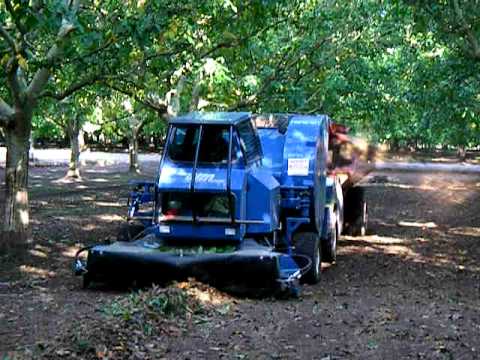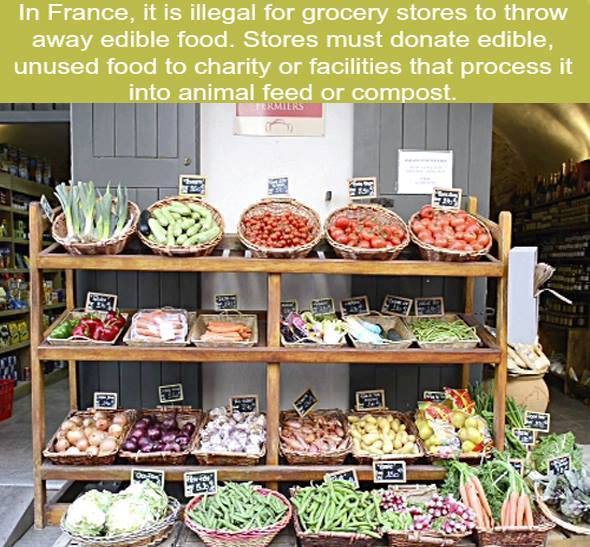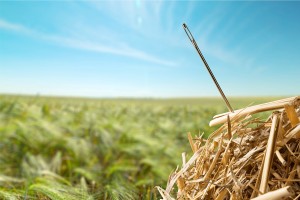By David Boule’
This winter growing season marks the 140th anniversary since the Washington navel orange was first picked and enjoyed in California. Its success and heritage – by way of Goa, Portugal and Brazil – is one of the Golden State’s great stories.
The introduction of this especially large and flavorful orange transformed just about everything in California – from the state’s economy to its image – and started the second gold rush.
During the first century of orange cultivation in California, nearly all orchards were seedling trees, many descended from the first trees brought here by the Spanish and nurtured at the missions. But by the 1870s California nurserymen were introducing budded varieties from around the world. Of the hundreds tried, only a few were found to have real value over “native” trees. But that would soon change dramatically.
Citrus mutates readily – sometimes several varieties can exist on a single tree – and hybridizes easily. For centuries, growers noticed that orange trees would occasionally, spontaneously produce individual fruit different from the that of rest of the tree, with fewer or more seeds, a thicker or thinner skin, a sweeter or sourer taste.
One variety, the Selecta, was cultivated in Goa and Portugal, and later transplanted to Brazil, then a Portuguese colony. In the early 1870s cuttings of this tree were sent to the U.S. Department of Agriculture.
At this same time Eliza Tibbets, a recent East Coast transplant to Southern California, wrote to the department asking for recommendations of what to plant on her new property in Riverside. The potential of California for agricultural abundance had long been recognized, but exactly what might be most successful was still an experiment.
Tibbets embodied much of what California promised and became. She was curious and a free thinker; she was committed to her ideals and full of contradictions; she was a doer and doing her best just to get by.
Born to a Cincinnati family of Republican abolitionists, Eliza married three times and divorced twice, adopted an African American child, lived in New York City where she was a practicing spiritualist, marched with Fredrick Douglass in 1871 to petition for women’s right to vote, and attempted with her third husband, Luther, to establish an integrated, egalitarian community in post-Civil War Virginia. All before moving to California.
Eliza and Luther were part of a wave of idealistic settlers hoping to create progressive communities in California. When the Department of Agriculture sent Eliza two samples of this promising orange variety, budded to robust rootstalks, Eliza and Luther drove their buckboard for three days from Riverside to Los Angeles to pick up the small trees.
Once planted in their front yard, Eliza watered them with dishwater. Several years later, during the 1875-76 growing season – Washington navels ripen in the winter – the trees produced their first fruit. Three years later, this exceptional new variety of orange won first prize at the Southern California Horticultural Fair. The rapidly expanding California citrus empire immediately embraced the Washington navel orange.
The original two trees in Eliza’s front yard became famous and valuable. The couple made a comfortable living selling cuttings from their two parent trees at a dollar a piece, earning as much as $20,000 one year, an astonishing sum in the 1880s.
By the 1904-05 growing season, 31,422 railroad carloads of Washington navel oranges were shipped out of California to the rest of the county. By 1920, oranges – led by the navel orange – were the second-largest generator of revenue in the California, behind oil. Only a few years before, many Americans had never seen an orange.
On May 7, 1903, President Theodore Roosevelt helped transplant one of Tibbets’ original navel orange trees to the front of the Mission Inn in Riverside. But the tree died not long after. In 1932, the California Chamber of Commerce selected the surviving parent navel orange tree to be among the first group receiving California Historical Landmarks. The tree and plaque are still there, at the corner of Magnolia and Arlington avenues.
In a twist of fate, disease wiped out the entire variety of navel orange in Brazil in the 1930s. A goodwill gesture by U.S. growers sent an offspring of the Tibbets’ parent navel orange to Brazilian growers, which provided cuttings that replenished Brazilian orchards. Today the Washington navel is grown around the world, and every Washington navel tree alive is a direct, identical budded descendent of those first two trees sent to Eliza Tibbets.
California continues to grow an enormous quantity of Washington navels, 81 million cartons during the 2014-15 season. But even in those numbers it is no longer one of the state’s economic powerhouses, having been supplanted by new bonanzas. But the Washington navel is still the king of oranges: Large and exceptionally juicy, rich in flavor, with a deep-orange skin that is easy to peel and fruit that is easy to separate.
This winter, when you bite into a Washington navel orange, enjoy a tasty bit of California history.
David Boulé is the author of “The Orange and the Dream of California” (Angel City Press, 2014).









